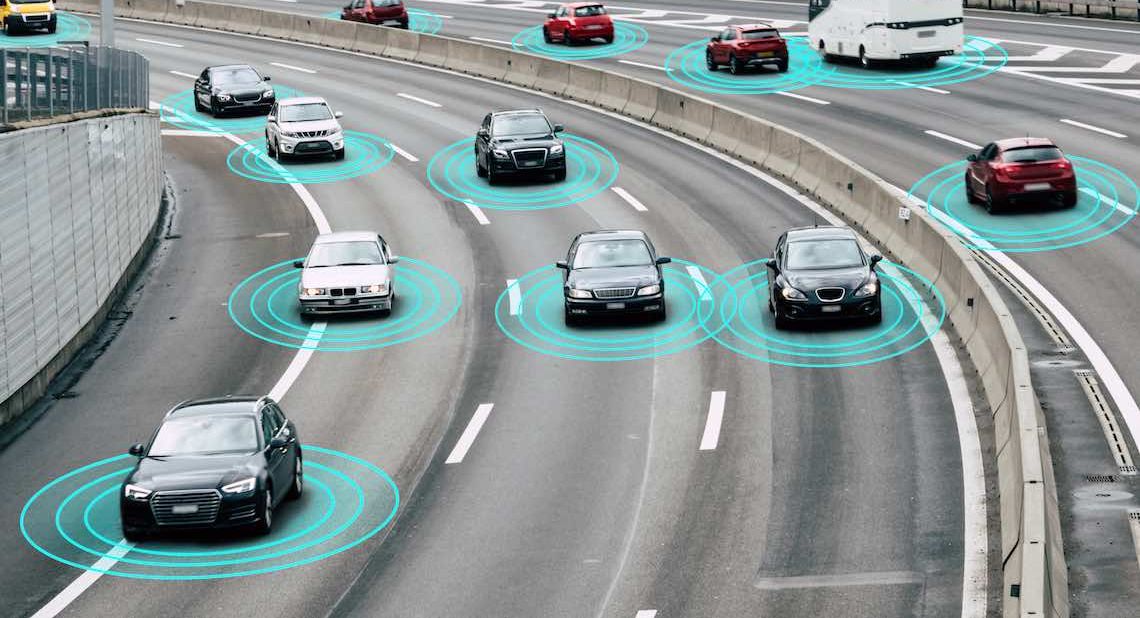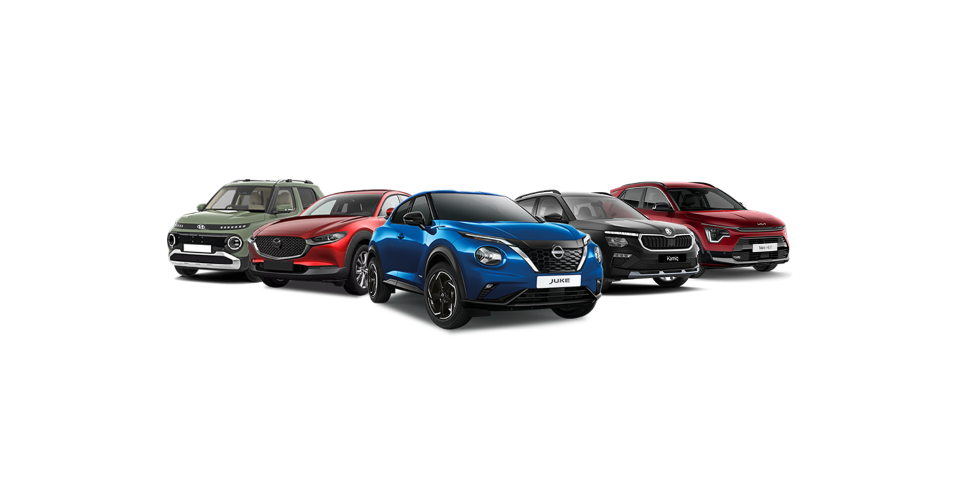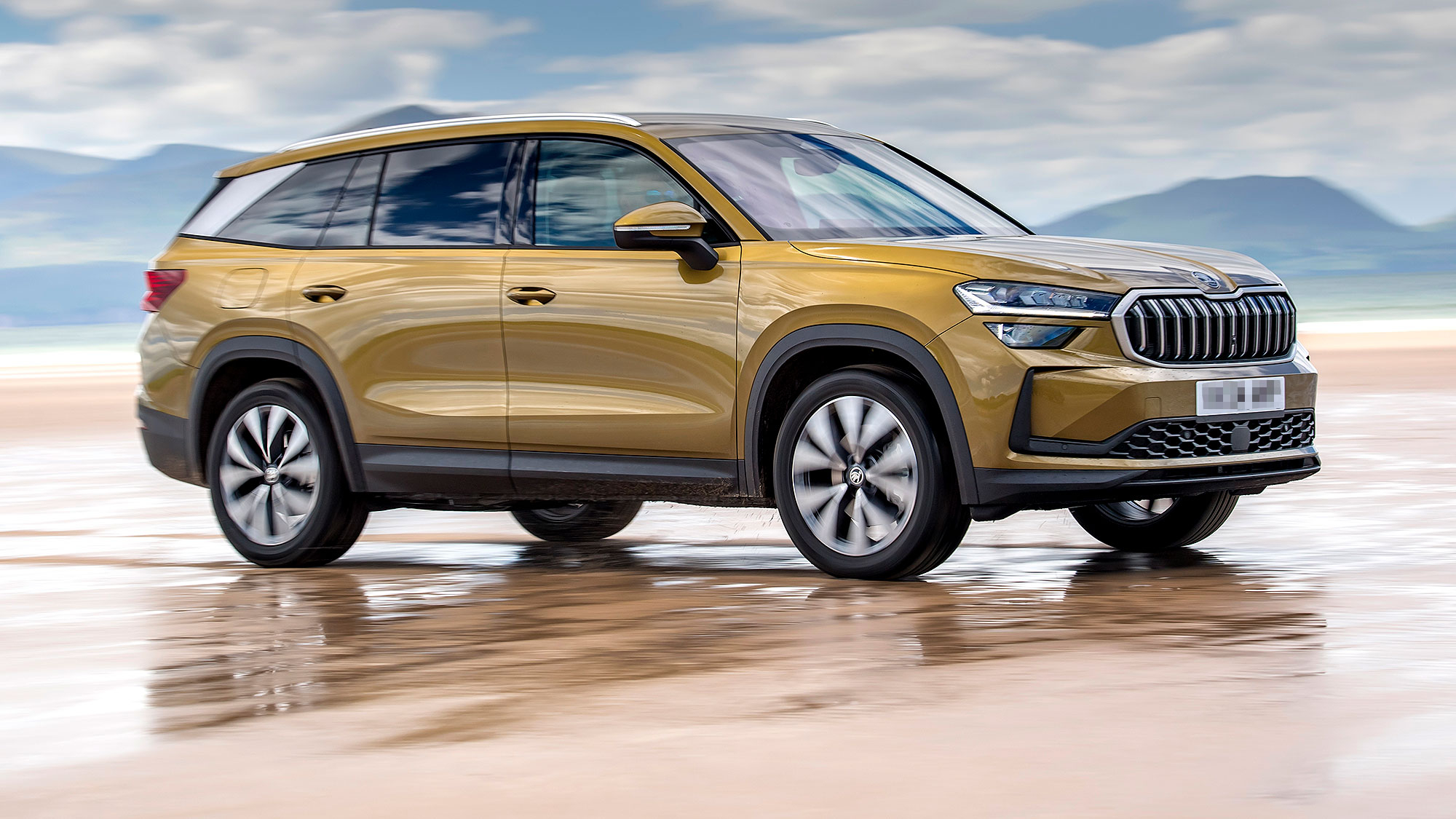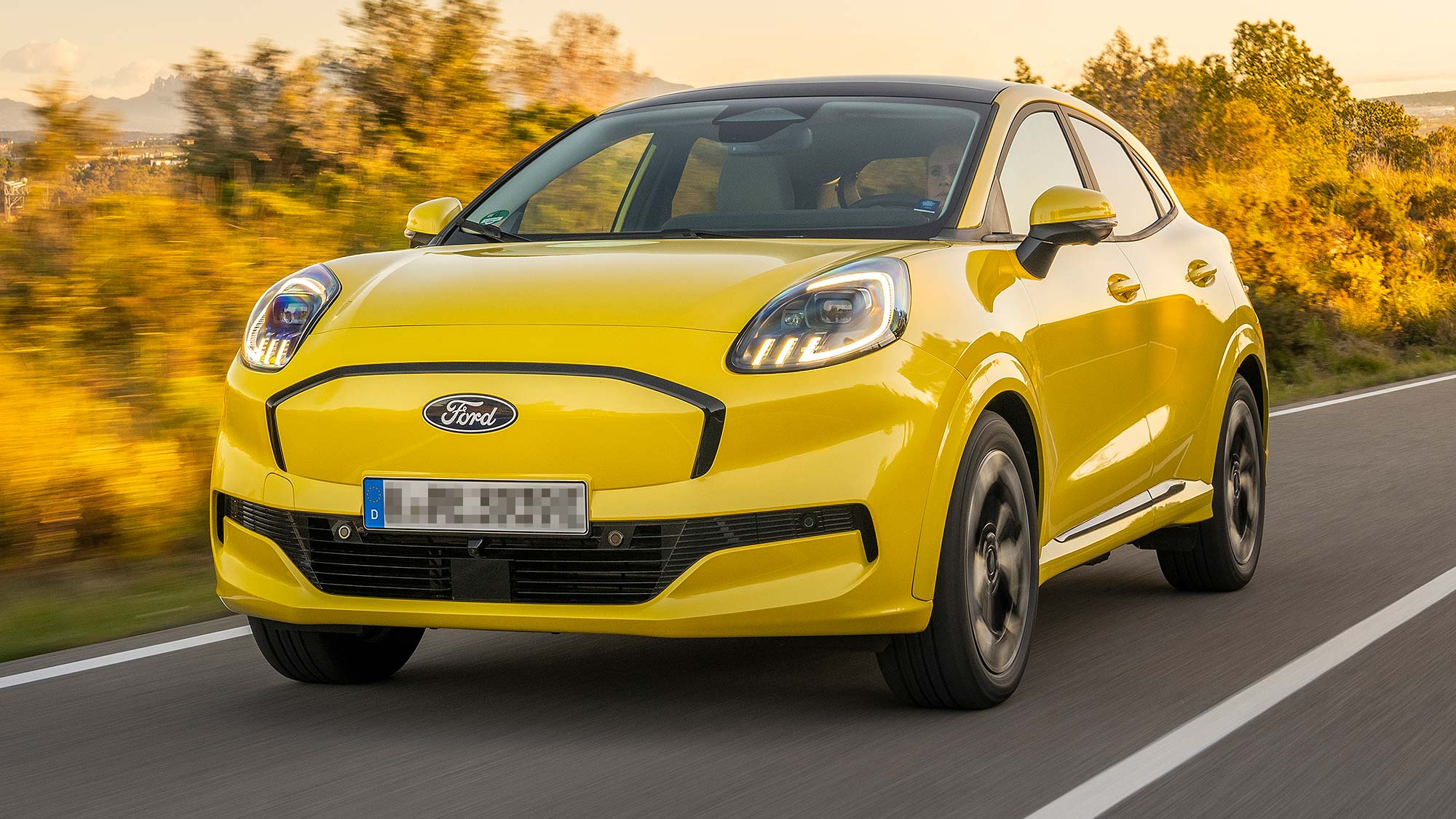For decades, car manufacturers have been concerned about the wellbeing of drivers and their passengers—and automotive safety has seen lots of new developments recently. Technology is behind many of these and new car safety features are being rolled out quickly. Here are some of the latest ones that we expect to see becoming more and more popular very soon.
Eyesight driver assist technology
This is a feature that is already available in some cars and it consists of two digital cameras. The lenses keep an eye on traffic movement and give you the heads up if any hazards are ahead. If you don’t react in time, the equipment will operate pre-collision braking to steer clear of, or at least lessen, an impact.
Driver monitoring system
Driver monitoring systems are being used by some manufacturers now, and this is likely to become the norm in cars in the future. The most advanced systems employ facial recognition technology that forewarns you if you’re sleepy or unfocused when at the wheel. This technology also automatically modifies the settings for not only your seat position but also your door mirror angles and air-conditioning settings.
Reverse park assist
It is easy to get stressed about parking. Manoeuvring your car into a tight spot can be extremely difficult if you have restricted movement. Fortunately, parking is being made easier, thanks to reverse park assist technology. The feature makes parallel parking—one of the trickiest manoeuvres—a doddle. You press a switch, lightly depress the accelerator and your vehicle steers itself into the parking space. Manufacturers such as BMW, Ford, Volvo and Audi already use this, so many car experts say it’s a technology that is likely to be implemented by all mainstream motor manufacturers soon.
Reversing cameras
Reversing cameras are becoming very popular and are incredibly convenient to have in your car if you find it hard to turn your body to look behind you. They’re not a replacement for mirrors or your eyes, but they are worthwhile and can help you see into the ‘blind spot’ behind your vehicle.
Sadly, people have been injured because even mirrors can’t always give you the clearest view when backing up. Now that high-resolution video cameras can display sharp images, the area behind your car is easier to see than ever before. And coupled with audible parking sensors, you’ll get alerted to anything behind you that the camera may have missed.
Semi-autonomous driving systems
Autonomous driving tech was the stuff of science fiction a few years back, but now it’s a reality. Well, semi-autonomous driving is at any rate—and some car manufacturers are starting to adopt this emerging technology. The systems work by merging lane centring and adaptive cruise control to enable your vehicle to, technically, drive independently.
However, the ‘semi’ bit is very important because you, the driver, still need to stay focused on the road and intervene where necessary. Volvo’s ‘Pilot Assist’ is an example of this technology and it will give you a visual and audible warning if you attempt to take your hands off the wheel. It will also turn the system off if it doesn’t feel you are engaging enough as the driver. We are therefore still some way off fully autonomous vehicles—but not as far away as you might think.
Find out more
Some safety features may not be available on all vehicle models and a car manufacturer may only offer other technology as an option. Find out what cars are available with the Motability Scheme and find your nearest dealer to ask them about the technology available.
Related articles
Traffic light prediction explained
What is Rear Cross Traffic Alert technology?
What do different driving modes mean?
![]()





